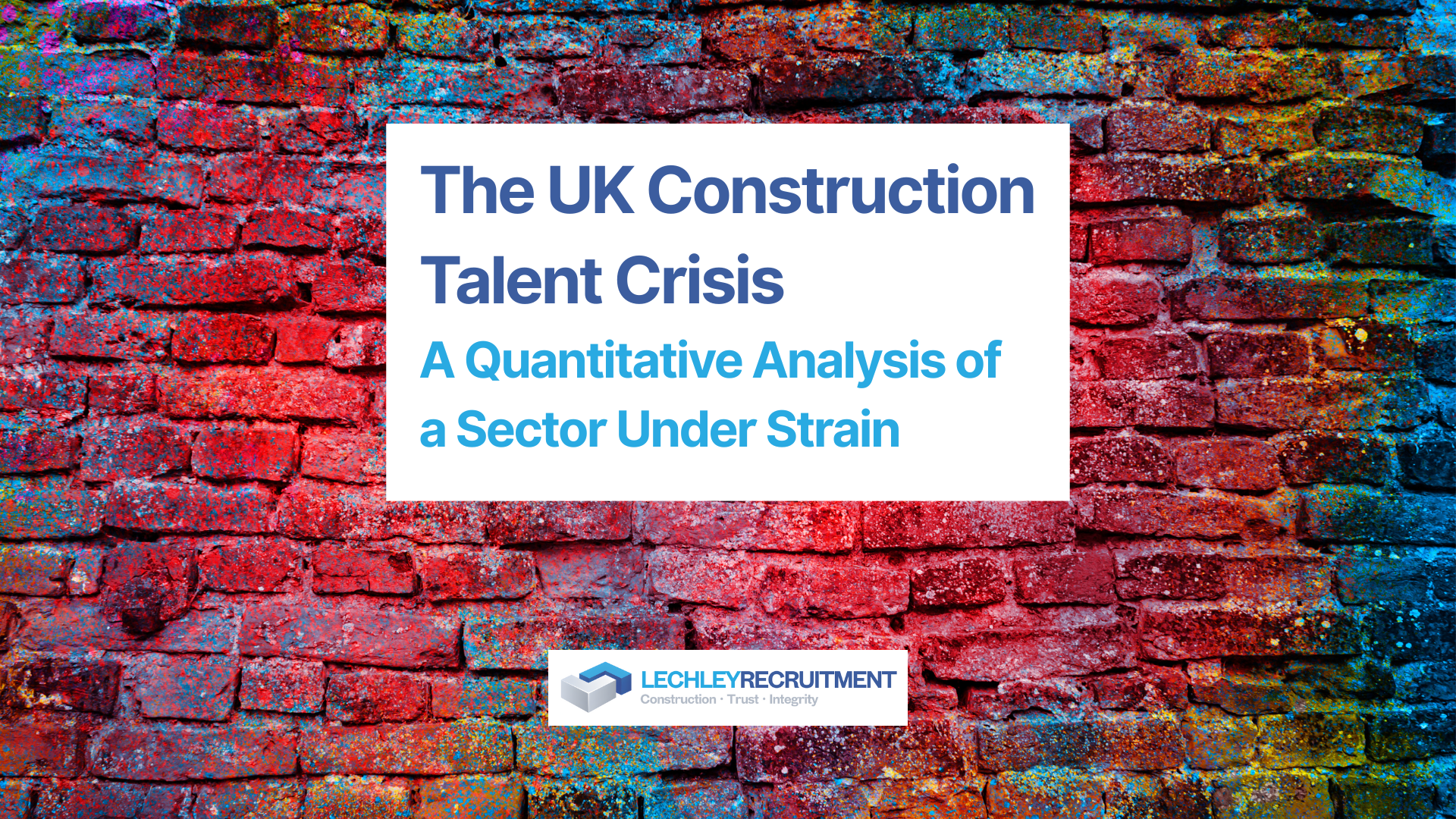How will the Russia-Ukraine war increase costs of UK construction projects?
Henry Clarke, construction partner at Spencer West, explores how the Russa-Ukraine conflict will have a noticeable impact on the costs of UK construction projects, due to fuel inflation
Russia’s invasion of Ukraine has resulted in increased sanctions against Russia and exposed the vulnerability of the European continent’s fossil fuel supplies, but how will increasing fuel costs impact construction projects here in the UK?
Up to 43% of the EU’s oil comes from the Russian Federation, along with up to 25% of its oil. The medium to long term nature of the conflict in Ukraine, and related sanctions means fossil fuel supply and its vulnerability will be an issue for the construction industry for some time.
High fuel prices may be a stimulus to at least non-OPEC oil and gas production, but perhaps not generate enough additional oil and gas flow from existing non-OPEC sources to reduce prices to pre-invasion levels. This means energy costs in producing construction materials and for direct use in transport and on construction projects may remain high generating an inflationary trend within construction.
Impact of increasing fuel costs
What does that mean for construction projects from a contractor perspective?
The attractions of off-site construction become stronger if contractors can demonstrate they can manufacture units more cost-effectively off-site with resultant fewer vehicle journeys to and from site or around the site compared to traditional construction (and with more efficient use of labour). A realisation of this attraction would mean a wider prevalence of contracts with such suppliers on projects.
The combination of high energy prices, increased recognition of the environmental impact of fossil fuels and their security vulnerability and the national security risk of reliance on oil and gas will encourage an increase and acceleration of the construction of renewable and alternative energy projects to wean the UK off such fuels.
Some proposed projects will be shelved as the finances become less certain or not profitable as costs rise. The property market may become subdued as the public and the business community assesses the economic impact of the Ukrainian conflict. In future, such shelved projects may raise planning issue renewal issues and perhaps disputes between successive landowners over the interpretation of overage clauses if such projects are started later.
New projects that do go ahead will have liquidated damages clauses that contractors should carefully assess to ensure they are realistic pre-estimates of loss in the current environment and a liability that they can accept. Contractors will place greater preference on the use of fluctuation clauses. The fluctuations clauses in these contracts should be carefully reviewed by contractors to allow for price rises in an inflationary environment so the risk of the inflationary impact of the Ukrainian conflict is passed on to the employer.
Cost-based issues for contractors
Existing projects will have had their financial models dented with rising costs. This will lead to a range of cost-based issues for the parties to tackle in what is a traditionally adversarial industry.
In particular, contractors making a loss on a project will be carefully considering the nature of the loss that is recoverable under their contracts, thereby testing the interpretation of ‘direct loss’ at law.
Contractors will also check fluctuation clauses for the same reasons as for new projects.
Contractors will focus on properly documenting loss or increased costs to ensure any claims stand a good chance of success in negotiations or at later stages of dispute resolution; and should check their project management processes and procurement processes as the timing of the ordering of supplies or services and thus fixing their pricing will impact the costs of projects and the grounds for claim by contractors.
If the Ukrainian conflict causes a bulge of construction industry claims because of rising costs, then the litigation funding industry may also focus on innovating the financing of such claims. Look out for new product offers from such providers.
The Ukrainian conflict has reinforced competitive pressures in the UK construction market. It is a market in which well-managed contractors with good project management skills, an appreciation of risk management and an openness to innovation and investment in training are likely to succeed and thus not have to rely as much on the points set out above. Nevertheless, all contractors should consider these issues as part of their project management cycle.





